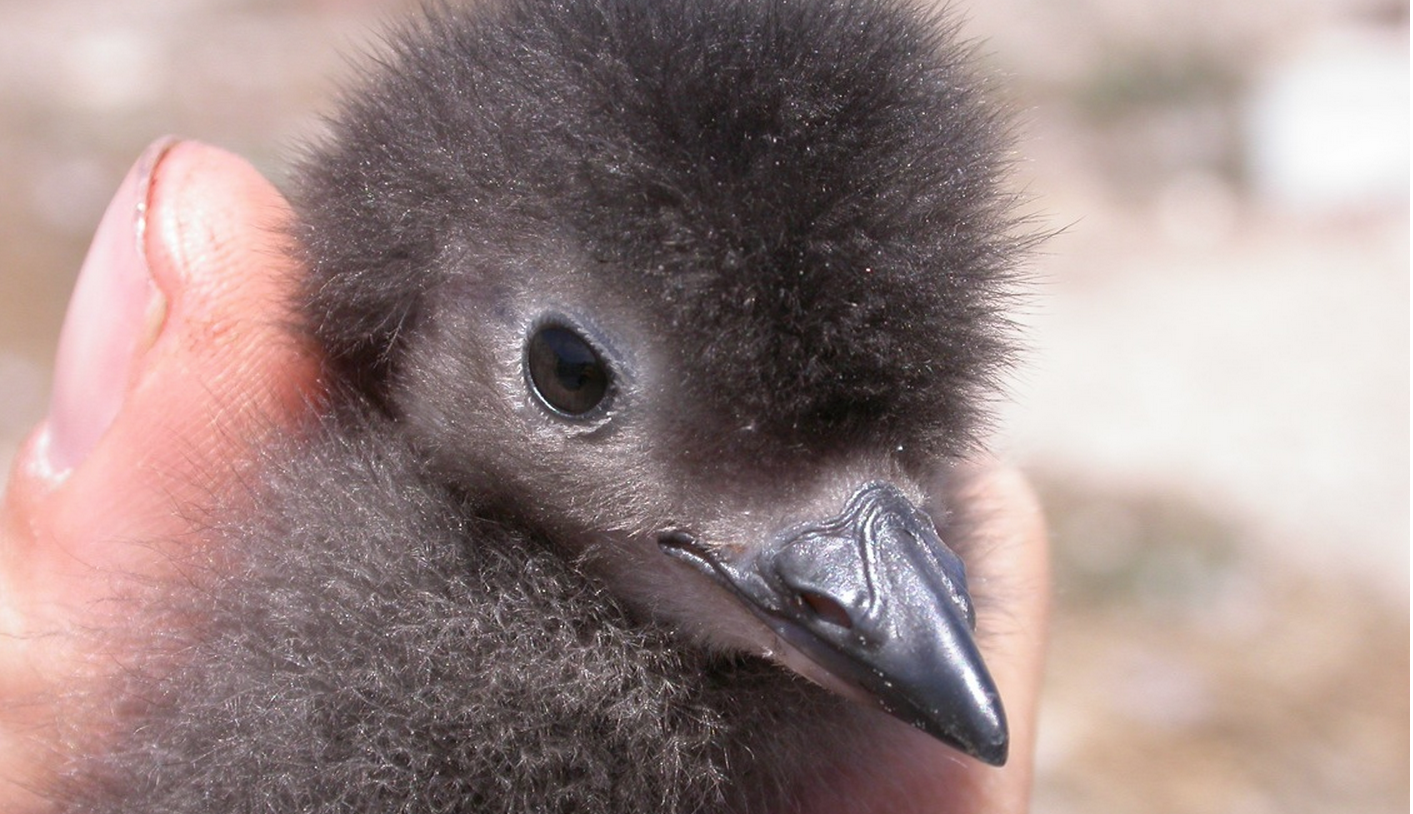
I was going to have something for you this month about the dinosaur-bird thing, but I never got to it.
Then, I was hoping to write a post about Sax-Zim — do you know what that is? — and link that to something abut the Great Grey Owl and my BFF Analiese Miller who is an amazing, emerging, photographer who has recently trained her 300mm Cannon F4 lens on the birds (including the Great Grey) at Sax Zim. You see, it is all connected. But I didn’t get to that either. So, instead, I’ve got a potpourri and a promise. The potpourri covers some interesting bird related science of the last few weeks, and the promise is this: I’ll get to that other stuff soon, I promise!So, here we go…
Fighting in Iraq has been affecting starlings. If this was America, we might not be concerned because starlings are an invasive species, at least in North America. But in Iraq, and more exactly, Kurdistan and Iraqi Kurdistan, they are supposed to be there (and are regularly hunted and eaten) and the fighting is not supposed to be there. BBC has the story as a video.
There has been a die-off of pacific coast sea birds, along the US northwest coast. It is not clear why this is happening, but the almost El Niño conditions in the Pacific may be moving around current in such a way as to affect food supplies, which can have cascading effects. Or, at least, that’s my theory. From HufPo Green:
It’s normal for some seabirds to die during harsh winter conditions, especially during big storms, but the scale of the current die-off is unusual.
“To be this lengthy and geographically widespread, I think is kind of unprecedented,” Phillip Johnson, executive director of the Oregon Shores Conservation Coalition, told the Salem Statesman Journal (http://stjr.nl/1CZBwvU). “It’s an interesting and somewhat mysterious event.”
The birds appear to be starving to death, so experts don’t believe a toxin is the culprit, said Julia Burco, a wildlife veterinarian for the Oregon Department of Fish and Wildlife.
One of the birds most affected by this is Cassin’s Auklets. From National Geographic News:
Cassin’s auklets are tiny diving seabirds that look like puffballs. They feed on animal plankton and build their nests by burrowing in the dirt on offshore islands. Their total population, from the Baja Peninsula to Alaska’s Aleutian Islands, is estimated at somewhere between 1 million and 3.5 million.
Last year, beginning about Halloween, thousands of juvenile auklets started washing ashore dead from California’s Farallon Islands to Haida Gwaii (also known as the Queen Charlotte Islands) off central British Columbia. Since then the deaths haven’t stopped. Researchers are wondering if the die-off might spread to other birds or even fish.
“This is just massive, massive, unprecedented,” said Julia Parrish, a University of Washington seabird ecologist who oversees the Coastal Observation and Seabird Survey Team (COASST), a program that has tracked West Coast seabird deaths for almost 20 years. “We may be talking about 50,000 to 100,000 deaths. So far.”
Crows are smart. This is not something I needed to tell you but there is some new research. From Science Daily:
Crows have the brain power to solve higher-order, relational-matching tasks, and they can do so spontaneously, according to new research. That means crows join humans, apes and monkeys in exhibiting advanced relational thinking, according to the research.
This is something I may also be able to promise to possibly write up later in more detail!
Ifrasound waves are cool. I knew a guy who studied depression in a group of people living in the Andes, where periods of depression appeared to come on when the humans detected infrasound caused by distant thunderstorms. The sound of the thunderstorms does not make it to the villages, but the infrasound they case travels through the substrate — the geology, essentially — and according to the hypothesis interacts with the human limbic system (or something) and everybody gets down because the storms are coming. In the US, of course, we have meteorologists for that.
But now there is a study of birds that detect coming storms and get out of dodge before things get bad. From The Guardian:
Researchers noticed the behaviour after analysing trackers attached to the birds to study their migration patterns. They believe it is the first documented case of birds making detours to avoid destructive weather systems on the basis of infrasound.
The golden-winged warblers had just returned from South America to their breeding grounds in the mountains of Tennessee in 2013 when a massive storm was edging closer. Although the birds had just completed a migration of more than 2,500km, they still had the energy to evade the danger.
The storm, which spawned more than 80 tornadoes across the US and killed 35 people, was 900km away when the birds, apparently acting independently of one another, fled south, with one bird embarking on a 1,500km flight to Cuba before making the return trip once the storm had passed.
Amazing, if confirmed. But not at all unexpected, really.
___________
The photograph above is of Cassin’s Auklet, and is by Duncan Wright, from the 10,000 Birds gallery.














Leave a Comment